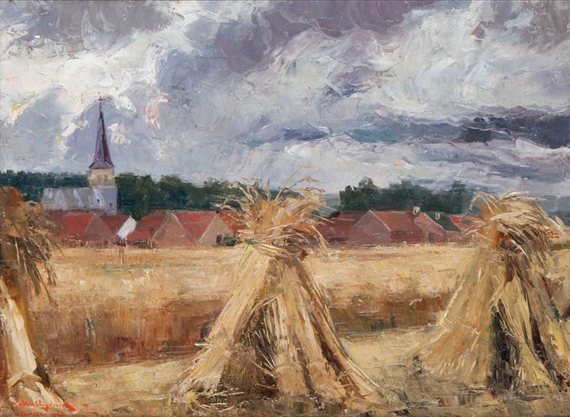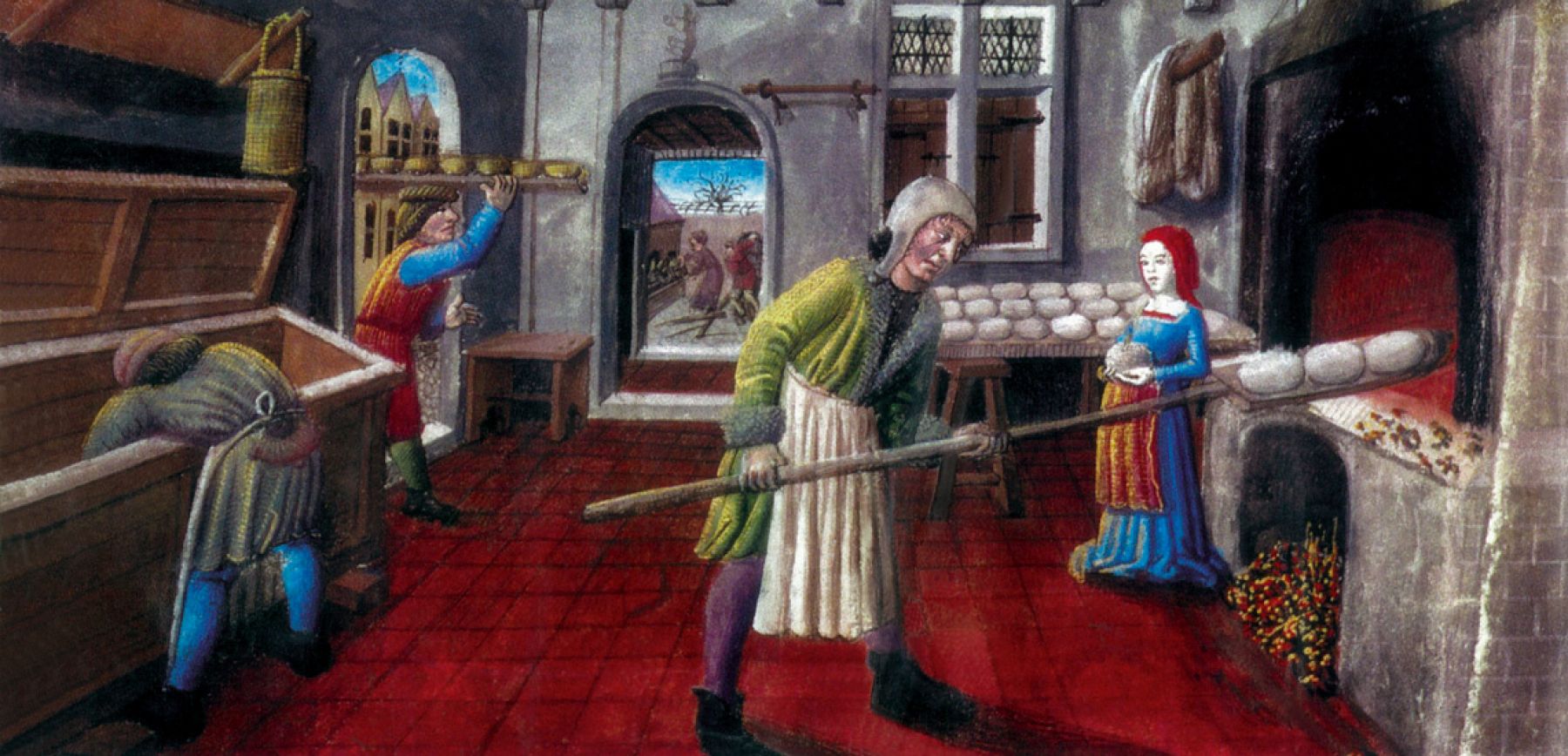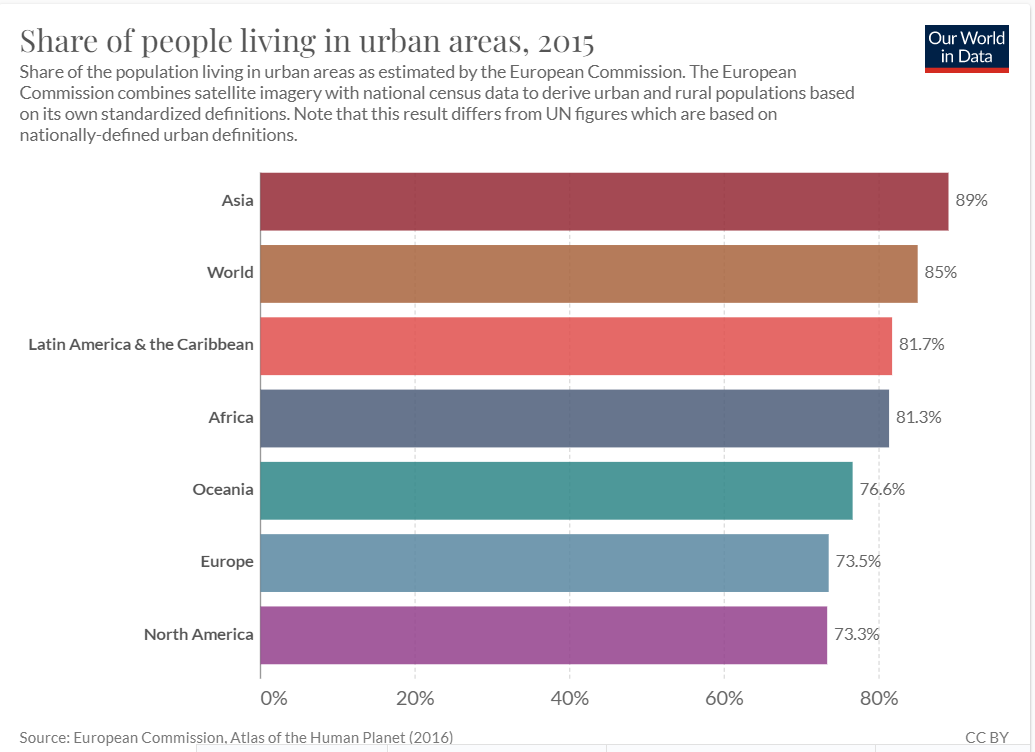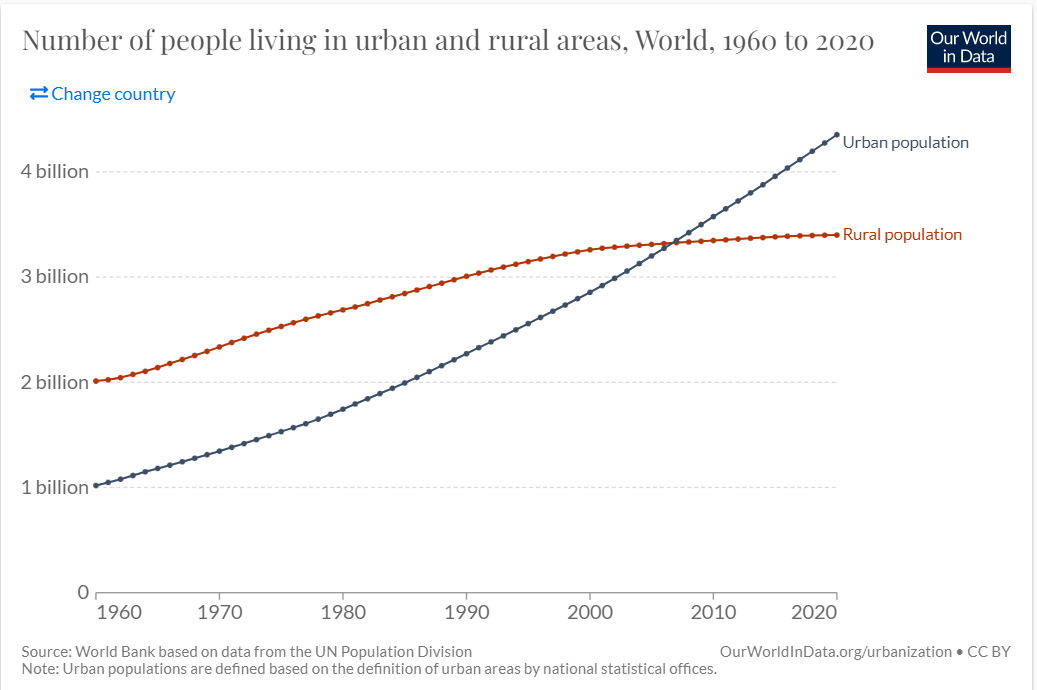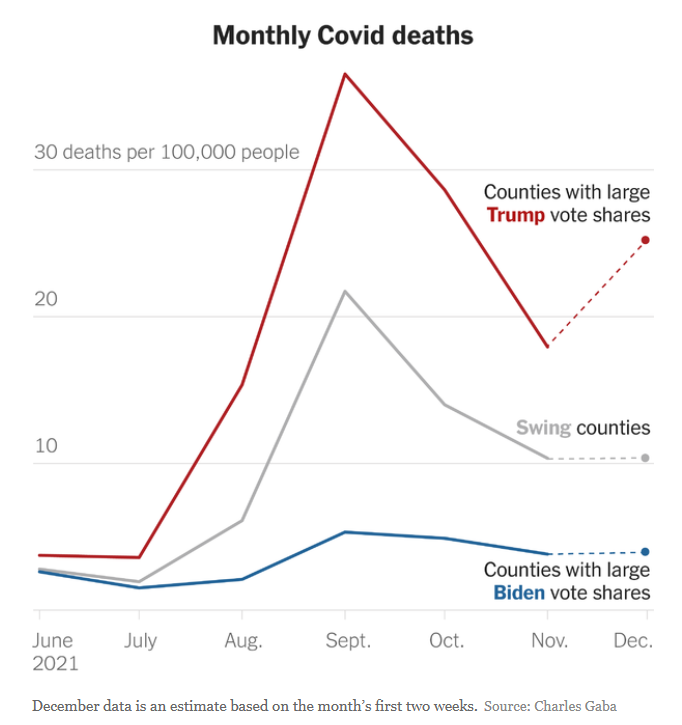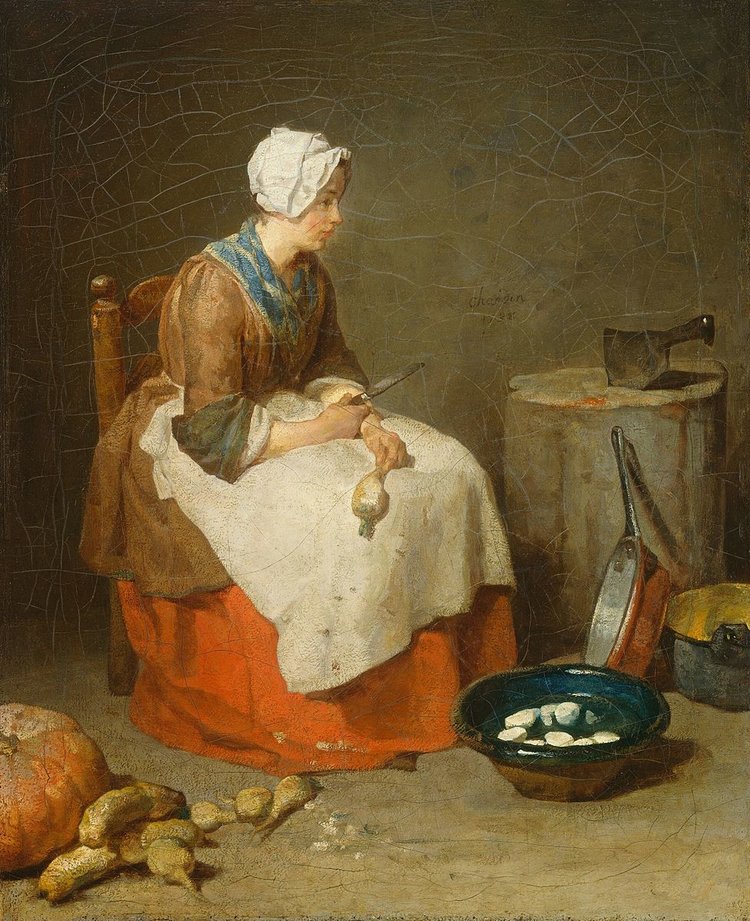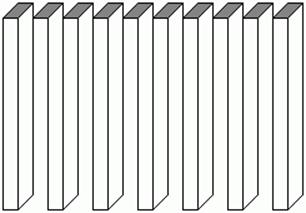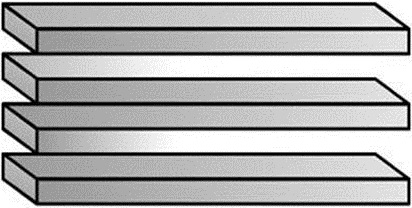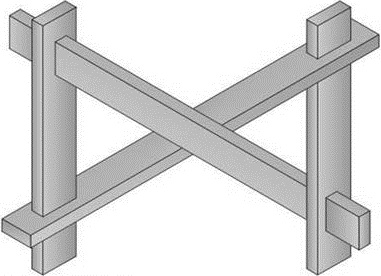|
You
can also view the message online
|
|||||||||||||||||||||||||||||||||||||||||||||||
 Châtenay-Malabry (FR - 92290), December 27, 2021 EFITA newsletter / 1019 - European Federation for Information Technology in Agriculture, Food and the Environment Do not miss the Virus Jokes in English and French The informatique-agricole.org site now offers you the possibility of subscribing the RSS feeds of its two newsletters See RSS feeds to implement to ensure that you continue to receive this newsletter To unsubscribe this newsletter, please contact me directely: guy.waksman(a)laposte.net if this link Unsubscribe does not work. Please note that I changed the presentation of the links that are embedded in the name of the web service. 
To correspond with me (GW), please use this address: guy.waksman(a)laposte.net To subscribe the efita newsletter (please ask your friends and colleagues to test this link) Efita Newsletters subscription Precision Ag Vision Conference 18-19 January 2022 - Glendale, Arizona (USA) Find out how they’re building next-gen autonomous functions into modern machines - How equipment tech addresses data collection for sustainability and carbon programs - From automation to autonomy - The next face of robotics - Modern equipment adoption rates and ROI > A View from the Top Meister Media’s Dave Frabotta will guide an interactive conversation including expert panelists from top equipment companies: - Deanna Kovar, John Deere, production and precision ag production systems - Kurt Coffey, CNH Industrial, vice president of Case IH North America - Todd Stucke, Kubota, senior vice president, marketing product support & strategic projects Coordinated in conjunction with the Association of Equipment Manufacturers See thevisionconference.com Avant l’informatique Weekly newsletters about ICT in Agriculture in English and French Both newsletters have around 14000 subscribers. >>> Last weekly EFITA Newsletters in English (created in 1999) Efita Newsletters >>> Last weekly AFIA Newsletters in French (created more than 20 years ago in 1997) Afia Newsletters >>> Statistics for the last efita newsletter >>> Last issue of the afia newsletter >>> Last available satistics for the afia newsletter Nothing is more responsible for the good old days than a bad memory: Machelen, 1903, par Guillaume van Strydonck (1845-1922) President Biden: Launching Agriculture Innovation Mission for Climate At President Biden’s Leaders Summit on Climate on April 23, 2021, the United States and United Arab Emirates, with endorsement from the United Kingdom’s COP 26 Presidency, and with support from Australia, Brazil, Denmark, Israel, Singapore, and Uruguay, announced plans to launch the Agriculture Innovation Mission for Climate (AIM for Climate). The goal of AIM for Climate, which will be advanced at the UN Food Systems Summit in September 2021 and launched at COP26 in November 2021, is to increase and accelerate global innovation research and development (R&D) on agriculture and food systems in support of climate action. …/… See fas.usda.gov Exploring New Paths for Carbon Credits in Brazilian Agribusiness Learn how startup Luve Carbon is helping Brazilian agribusinesses become even more sustainable and competitive with carbon credits -- a key topic at the upcoming VISION Conference. Voir precisionag.com Brexit : Millions of daffodils ‘will rot’ if Brexit denies UK farmers foreign workers (sans les émigrés, le Royaume-Uni comme la France manquent de main d'oeuvre ! - GW) Flower growers fear end of the UK’s £100m industry as Covid and border restrictions lead to lack of seasonal workers. Millions of daffodil stems will be left to rot in the fields this spring, as growers face a critical labour shortage that they fear could spell the end of the entire industry. “If we can’t recruit more pickers, there won’t be a daffodil industry left. The situation is very grim,” said James Hosking, of Fentongollan Farm, near Truro in Cornwall. Some growers expect up to 75% of their crop will be left unpicked this spring due to a lack of workers. Many smaller growers are planning to give up daffodil growing entirely, with attempts to recruit locals failing to bring enough people to the fields. .../... Nothing
is more responsible for the good old days than
a bad memory: Les tas de foin par Guillaume
van Strydonck
Boris Johnson’s post-Brexit trade deal with Australia will damage the UK’s agriculture and food sectors by hundreds of millions of pounds, according to the government’s own impact assessment. British farming, forestry and fishing will suffer a £94m hit from the free trade agreement, a Department for International Trade (DIT) document has revealed. The government also expects a £225m hit to the semi-processed food sector, conceding that it was another area expected to “contract” as a result of increased competition. .../... See independent.co.uk Brexit (2): Senior Tory MP warns Brexit ‘destroying’ British agriculture and condemns government failure to act Minister under fire for rejecting moves to bring in EU farm workers – as vegetable planting plunges 25% See independent.co.uk How did we the future yesterday?? See the incredible collection developed by Alain Fraval Futurefarming.com > Video: AgXeed robot tractor works with standard implements The AgBot is an autonomous robot tractor for specialised and standard implements designed for category III rear and category II front hitches. AgXeed demonstrated their second AgBot prototype during a field robot demo day in the Netherlands. > Partner feature: Electric systems create new opportunities The Argo Tractors Rex4 Electra – Evolving Hybrid has been designed to enhance the handling, comfort and ease of use of Rex4 tractors. > Fertilising: Low-cost AI soil sensors could help reduce fertiliser use Smart sensing technology could help growers work out the best time to use fertiliser on their crops and how much is needed. > Field robots: Robot combats powdery mildew in strawberries using UV-C treatment Thorvald is an autonomous robotic platform which currently focuses on reducing powdery mildew through UV-C treatment. > Drones: How drones can help counteract grass lodging By measuring the height of the grass in the field, drones can help identify areas in seed grass fields that are often affected by grass lodging. > Greenhouse robots:Greenhouse robots work like a Formula 1 pit-stop crew Iron Ox robots “Phil”and “Grover" quickly and autonomously fill, analyze and top off plant modules in greenhouses. > Robotisation: FIRA: Scaling robotic operations on the farm Why farmers need to get more involved and should be able to tweak deep learning on the farm, using their own data. > Below you will find the most popular articles of 2021. To make sure you are able to read these, also without a subscription, we made sure these articles are free to read the rest of this year. #1 - Japanese Kubota on takeover path Japanese company Kubota is on the warpath to become a major supplier of agricultural machinery worldwide. #2 - John Deere: ‘We believe in electric tractors...' If it was up to the engineers at John Deere, electricity will become the power source of the future. For more efficiency, better traction, lower costs and lower ground pressure. An interview with three experts. #3 - Technology that could stop use of plastic mulch Australian Research Organisation CSIRO has developed a sprayable biodegradable polymer membrane that can help farmers produce more, while using less water, nutrients and agrochemicals. > Buying guide: Autosteer retrofit kits Nearly 25 years ago, Australia was the birth and experimental ground of autosteer systems. Which retrofit autosteer systems can you choose from today? These manufacturers responded to our call for a buying guide. >> Check out our buying guide for 12 different retrofit autopilot kits here >> Make your tractor autonomous with these 6 retrofit kits >> Manufacturers hesitant to sell robot tractors >> Why autonomy hurts big tractor manufacturers >> The invention and adoption of autosteer technology >> Wheat production costs up to $ 46 per ton lower with autonomy See futurefarming.com Nothing is more responsible for the good old days than a bad memory: La sortie des vaches par Guillaume van Strydonck New Models of Agricultural Robots Highlight World FIRA 2021 The event featured more than 1,500 participants from 50 countries that gathered around agricultural robotics in Toulouse, France in early December. Voir precisionag.com Smart Fertilizer Software Signs Deals with Syngenta, Others to Expand Globally The traction of its new offering Groplant, a combined irrigation and fertilization platform, reiterates the importance of easy to use, precision data in sustainable agriculture. Voir precisionag.com Point One Navigation, Quectel Bring Precise Location to Robotics and Agriculture Markets Point One and Quectel partnership creates highly affordable, small and easy to use high precision GNSS module integrating RTK for mass market applications. Voir precisionag.com Time for Agriculture to Think Bigger on Data This is an important time for ag, with undoubtedly new challenges on the horizon and meeting these means closer collaboration, particularly in relation to data. Agriculture generates more data just at a field level than almost any other industry does across its entire supply chain. As such, you’d think the ag sector would be leading the pack on big data. As we know, the reality is very different. Despite large scale investments in agtech, and the subsequent creation of a lot of great products and services, I think most would agree we’re still struggling to find industry-wide success when it comes to data. >>> Integration Friction So, what is holding us back? The nature of this industry requires collaboration between input manufacturers, ag retailers, growers, grain merchants, and others. Given that no single company can provide the digital tools for the entire supply chain, integration between systems is key to creating successful outcomes. This is where we continue to fall down as an industry. Due to a lack of agricultural data standards, integration between market participants remains costly and is prone to error. There is as yet no single source of truth for a grower’s data. It is spread between many systems, some controlled by the grower and some by their trusted advisors. Some are geospatial in nature, others aren’t, and all have different underlying data models. Moving data between systems is difficult enough, but maintaining synchronicity between them is nearly impossible. Other than in isolated pockets of cooperation, scalable insights that could create supply chain efficiencies and improve grower outcomes are yet to be realized. >>> Mitigating the Human Factor .../... See precisionag.com Nothing is more responsible for the good old days than a bad memory: Le vieux jardinier par Guillaume Van Strydonck Real-time soil-testing agtech startup Stenon raises $20m Series A funding round, TechCrunch, by Mike Butcher Stenon, an agtech company that has a real-time soil-sensing solution, has raised a $20 million Series A funding round from Founders Fund, David Friedberg’s The Production Board and existing investors including Cherry Ventures and Atlantic Labs. Founded in 2018 in Potsdam, Germany, Stenon’s digital soil data is produced without the need for a laboratory, making it faster and more efficient, the company claims. Stenon says farmers get data to make the best decision about cultivation, boosting yield, crop quality and soil health, while saving significant amounts of time and money by not needing to use a soil testing laboratory. Co-founder and CEO Dominic Roth said: “Stenon’s mission is to become the soil data company in agriculture and get rid of the need for physical laboratories. Without soil data being available at scale, farmers will neither be able to work sustainably and profitably in the future. Additionally, the market is dynamically moving into the direction of regenerative ag or autonomous farming — all of these practices will require the data set that we are providing.” .../... See techcrunch.com AppHarvest: Transforming the future of agtech, and maybe the future of farm work, Forbes, by Lizzy Saxe (feat. AppHarvest, acquired Root AI) Growing up in Appalachia, Jonathan Webb watched the slow decline of the coal industry firsthand. Webb is from Kentucky, where 16% of residents are below the poverty line, and when the coal jobs dried up, nothing came in to replace them. Webb left for college, eventually pursuing a career in renewables at the DOE, a space where he felt he could be “part of the solution.” But the economic devastation in his home state still bothered him. In the back of his mind, he wondered what he could do to help. Eventually, he found the right problem to solve. “When you look at human civilization, what do you need? Well, you need water... you need food, and you need energy. But really it’s water and food first. We don’t talk about this at all in the US. So the problem at a macro level just started with hearing the statistic [that humanity will need] 50% to 70% more food by 2050. You start to do the math, and realize you might need two planet earths to have enough land and water to grow that food.” .../... See forbes.com For Ag Retailers, Data’s Massive Opportunities Are Yours to Win or Lose See precisionag.com What Retailers, Coops and Producers Should Know about This Data Integration Tool See precisionag.com Irrigation Technology Annual Report See meistermedia.turtl.co Agrofy adds $30m in Yara-led Series C round to grow ‘agfintech’ services, AFN, by Jack Ellis Argentine farmer marketplace Agrofy has raised $30 million in Series C funding. The deal takes its total funding to date to $66 million across four rounds. Yara Growth Ventures, the VC arm of Norwegian agrochemicals giant Yara International, led the Series C financing. Several of Agrofy’s existing investors, as well as unnamed private backers, participated in the round. Agrofy’s other shareholders include Bunge Ventures, Cresud, Syngenta Ventures, SP Ventures, Fall Line Capital, Acre Venture Partners, and Brasil Agro. …/… See agfundernews.com A farmer’s outlook: ‘We are the caretakers of our generation, by Brianna Scott So you want to be a farmer? Modern agriculture gets blamed for a lot of environmental problems. But in those same conversations, they are also expected to be the solution. Farming is a traditional occupation with modern expectations. So what’s a modern farmer to do? See agdaily.com Nothing is more responsible for the good old days than a bad memory: La récolte de foin, par Guillaume Van Strydonck Netherlands announces $28.3bn plan to radically reduce livestock numbers, The Guardian, by Tom Levitt Brunia said many farmers wanted to change, but were locked into intensive systems with a lot of animals and debts to pay. He urged the government to spend money on helping all farmers transition, rather than for just a few to quit. …/… “We are used to pumping around a lot of money, milk and poo, but what is good for economics is not good for the Earth,” said Brunia. The Netherlands is not the only country in Europe facing a crisis over livestock emissions, with observers suggesting Denmark, Belgium and Germany may soon have to consider similar action. The UK is reportedly on track to miss its own 2020 ammonia emissions reductions target by 20% and is likely to face legal challenges from environmental health campaigners. “We have been very good at feeding the world,” said Derk Boswijk, a Christian Democrats party MP and spokesperson for agriculture. “We can be proud. But it didn’t work out for us, so we have to change. I hope other countries will learn from what we have done wrong.” See theguardian.com On-farm experimentation to transform global agriculture, Nature Restructuring farmer–researcher relationships and addressing complexity and uncertainty through joint exploration are at the heart of On-Farm Experimentation (OFE). OFE describes new approaches to agricultural research and innovation that are embedded in real-world farm management, and reflects new demands for decentralized and inclusive research that bridges sources of knowledge and fosters open innovation. Here we propose that OFE research could help to transform agriculture globally. We highlight the role of digitalization, which motivates and enables OFE by dramatically increasing scales and complexity when investigating agricultural challenges. See nature.com Omicron Has 80% Lower Risk of Hospitalization in South Africa, By Janice Kew, December 22, 2021 South Africans contracting Covid-19 in the current fourth wave of infections are 80% less likely to be hospitalized if they catch the omicron variant, compared with other strains, according to a study released by the National Institute for Communicable Diseases. Once admitted to the hospital, the risk of severe disease doesn’t differ from other variants, the authors led by scientists Nicole Walter and Cheryl Cohen said. .../... See bloomberg.com Grazing on solar sites can enhance value, keep land in agriculture use As solar projects across the nation continue to expand, solar grazing has emerged as a valuable tool, according to a new fact sheet recently released by the Center for Rural Affairs. “Using livestock to manage vegetation at solar sites can enhance site value by keeping land in agricultural use, providing new income streams for local farmers, and adding environmental benefits such as decreased erosion and enhanced soil health,” said Heidi Kolbeck-Urlacher, senior policy associate for the center. Solar grazing is the use of livestock, usually sheep, to manage vegetation at solar sites. It takes the place of traditional mowing, offering numerous environmental and financial benefits and meeting clean energy and agricultural goals simultaneously. Solar grazing is considered a form of agrivoltaics, which is a term used to describe combining agriculture with renewable energy. Other types of agrivoltaics include producing hay, berries, vegetables and honey at solar sites. .../... See thefencepost.com What are the human and economic impacts of natural disasters? We published a new data explorer on the impacts of Natural Disasters. It allows you to explore death rates, numbers of people affected, and economic damage from natural disasters across the world and over time. We will update these metrics annually. World farming records: The biggies in crops, livestock, and machines, by Jaclyn Krymowski (November 17, 2021) Throughout the years, agriculture has garnered a long, proud history made up of challenges, incredible feats, and memorable accomplishments. There are quite a few ways to quantity these — we could look at historical records, analyze data, review new technology or even dig into financial benchmarks. But there are also more fun ways of examining how far ag has come, such as looking at the incredible outliers who have set new records and raised the bar just that much higher. Whether it be an exceptionally tall horse, outrageously large tractor, or a jaw-dropping yield, evaluating our progress and milestones is a great way to appreciate what our industry is able to achieve when pushed to the max. .../... See agdaily.com Sometimes we forget to take care of ourselves, by Amanda Zaluckyj, The Farmer’s Daughter USA Not long ago, I did something I never thought I would do: I publicly admitted I needed to step back from The Farmer’s Daughter USA to focus on my mental health and wellbeing. It took me weeks of agonizing over whether I should do it before I finally felt comfortable (er, comfortable-ish) hitting publish. It was all a bit surreal because I saw all the things falling apart around me — not answering emails, ignoring comments, a loss of interest and passion — yet I couldn’t admit to myself that I was burnt out. As so many of my readers know, I underwent surgery and chemotherapy in 2020. By the time I finished my last chemo cycle in November, I was physically run down. My body needed time to heal, and everyone told me to give it that time. Of course, I didn’t. I cringe about it now, but I wasn’t so kind to myself. The entire next year felt like a series of failures; I wasn’t doing enough, being enough, creating enough, working enough, or living enough. Only now that I finally feel like me do I realize just how sick I was. .../... See agdaily.com Nothing is more responsible for the good old days than a bad memory: Pain au moyen-âge (1)
First dicamba-resistant waterhemp reported in Illinois, by AGDAILY Reporters University of Illinois weed scientists have confirmed resistance to the herbicide dicamba in a Champaign County waterhemp population. In the study, dicamba controlled 65 percent of the waterhemp in the field when applied at the labeled rate. And in the greenhouse, plants showed a 5-to-10-fold reduction in dicamba efficacy compared with sensitive plants. .../... See agdaily.com Bugs across globe are evolving to eat plastic, study finds Surprising discovery shows scale of plastic pollution and reveals enzymes that could boost recycling. .../... The first bug that eats plastic was discovered in a Japanese waste dump in 2016. Scientists then tweaked it in 2018 to try to learn more about how it evolved, but inadvertently created an enzyme that was even better at breaking down plastic bottles. Further tweaks in 2020 increased the speed of degradation sixfold. Another mutant enzyme was created in 2020 by the company Carbios that breaks down plastic bottles for recycling in hours. German scientists have also discovered a bacterium that feeds on the toxic plastic polyurethane, which is usually dumped in landfills. Last week, scientists revealed that the levels of microplastics known to be eaten by people via their food caused damage to human cells in the laboratory. See theguardian.com Revealed: the most expensive cities in the world right now, , by Sophie Dickinson, 2 December 2021 A new ranking has compared the cost of living in 170 cities – and there’s a surprising entry at number one. According to the study by the Economist Intelligence Unit (EIU), the spenniest place to live in the whole world is ... Tel Aviv! Following the Israeli city in joint second place were Paris (last year’s most expensive city) and Singapore, then Zurich in fourth and Hong Kong fifth. Other famously pricey cities like New York, Copenhagen and Geneva also made the top ten. See timeout.com Américans bought 20 millions "small arms" in 2021 SAAF Chief Economist Jurgen Brauer comments that “despite the year-over-year drop in November 2021 unit sales, the U.S. firearms market continues to boom, if at a lower level than pandemic-driven 2020. By year’s end, the industry is expected to have sold about 20 million units.” Voir smallarmsanalytics.com Nothing is more responsible for the good old days than a bad memory: Pain au moyen-âge (2)
El bum digital en Israel dispara su moneda y convierte a Tel Aviv en la ciudad más cara del mundo, para Juan Carlos Sanz, 14 Dic 2021 El diluvio de inversiones internacionales en el sector de alta tecnología ha disparado un 20% al shéquel frente al dólar en 2021. Ver elpais.com La especie que triunfó gracias a las abuelas La prolongada dependencia de los niños favoreció la longevidad humana y reforzó la transmisión cultural entre generaciones. Ver elpais.com Mi comentario (GW): No veo porque, en este artículo, les abuelos son olvidados. ¡Creo que esto es una discriminación intolerable! Share of people living in urban areas? Per continent Vaccination rates... (source NYT) In the U.S., partisanship is the biggest factor determining vaccination rates. If Democratic voters made up their own country, it would be one of the world’s most vaccinated, with more than 91 percent of adults having received at least one shot. Only about 60 percent of Republican adults have done so. This vaccination gap has created a huge gap in death rates, one that has grown sharply during the second half of the year. The chart below is based on data from Charles Gaba, a health care analyst who has split the country into 10 equally sized groups. The Trump line refers to the one-tenth of Americans who live in counties that voted most heavily for Trump last year, while the Biden line is the equivalent for the president’s best counties. The line labeled “swing” describes counties where each candidate won at least 45 percent of the votes: Nothing is more responsible for the good old days than a bad memory: L'Engagé(e) / The Indentured Servant par Jean-Baptiste-Siméon Chardin
50 years ago the average woman had five children; since then the number has halved In the past people had many more children than today. The number fluctuated over time and there were some differences between countries, but for much of our history the average woman had at least five children, and often more. For instance, 200 years ago women in the US averaged 6.6 children. As recently as 1965, the average woman in the world still had more than 5 children. But since then we have seen an unprecedented change — the number has halved. Globally, the average per woman is now below 2.5 children. In this short article from September 2019 we describe how fertility rates are measured, how and why they’ve declined over time, and what this means for the population. What share of analyzed SARS-CoV-2 sequences are the Omicron variant? The share of analyzed sequences that are the Omicron variant is increasing rapidly in many countries. In South Africa, where Omicron was first identified, it took just six weeks to rise from zero to 98% of analyzed sequences. It’s important to note that the share of analyzed sequences may not reflect the breakdown of all cases, since only a fraction of cases are sequenced, and suspected cases of variants of concern like Omicron might be sequenced preferentially. Our understanding of Omicron is still evolving, and we don’t yet have a complete picture of how it compares to other variants in terms of transmissibility and severity of disease. For summaries of what we know so far, see the reports by the US CDC and the UK HSA. Kentucky on My Mind, by Paul Krugman On Friday, a devastating swarm of tornadoes swept through Kentucky. The state’s leading figures appealed for federal aid, which was promptly granted — and rightly so. Helping people and communities in need is what nations are supposed to do. Observers couldn’t help noticing, however, that some of the Kentucky politicians asking for aid — notably Senator Rand Paul — had in the past not only opposed aid for other disaster-struck states but sneered at their pleas. What should we make of this hypocrisy? The truth is that it runs deeper than “aid for me but not for thee.” Remarkably, if you look at how the federal budget affects U.S. regions, there’s a consistent pattern in which conservative states that preach the importance of self-reliance are in fact heavily subsidized by liberal states, especially in the Northeast. The Rockefeller Institute publishes regular estimates of states’ “federal balance of payments” — the difference between the amount the feds spend in a state and the amount they collect in taxes. In Virginia and Maryland a lot of federal spending consists of the salaries of government workers. Elsewhere, however, it’s mainly Social Security, Medicare and Medicaid, plus some military spending. Here’s what the map of per capita balances of payments looked like in 2019: …/… See NYT Explore the (curious!) Balance of Payments between States and the Federal Government (Rockefeller Institute) See rockinst.org
Very Short jokes "I was born in Paris. - Which part? - All of me." "He used to take his dog to school every day, but he finally had to stop. - How come? - The dog got graduated." "Teacher: Did your father help you with your homework? Student: No, he did it all by himself." Scene: With a patient in my medical exam room Me: How old are your kids? Patient: Forty-four and 39 from my wife who passed away, and from my second wife, 15 and 13. Me: That’s quite the age difference! Patient: Well, the older ones didn’t give me any grandkids, so I made my own. Optical illusions
The distribution of this efita newsletter is sponsored by vitisphere.com Please, contribute to the content of your efita newsletter, and advertise your events, new publications, new products and new project in this newsletter. Without your support, it will not survive! Contact: Guy WAKSMAN E-mail: guy.waksman(a)laposte.net To read this newsletter on our web site See Efita The archives of this newsletter See Efita About the EFITA mailing list You can use the efita moderated list (> 15000 subscribers) to announce any event / product / web site / joke (!) related to IT in agriculture, environment, food industry and rural areas. If you want to subscribe a friend, please fill in his form. If you do not wish to receive our messages, please fill in the following form... |


